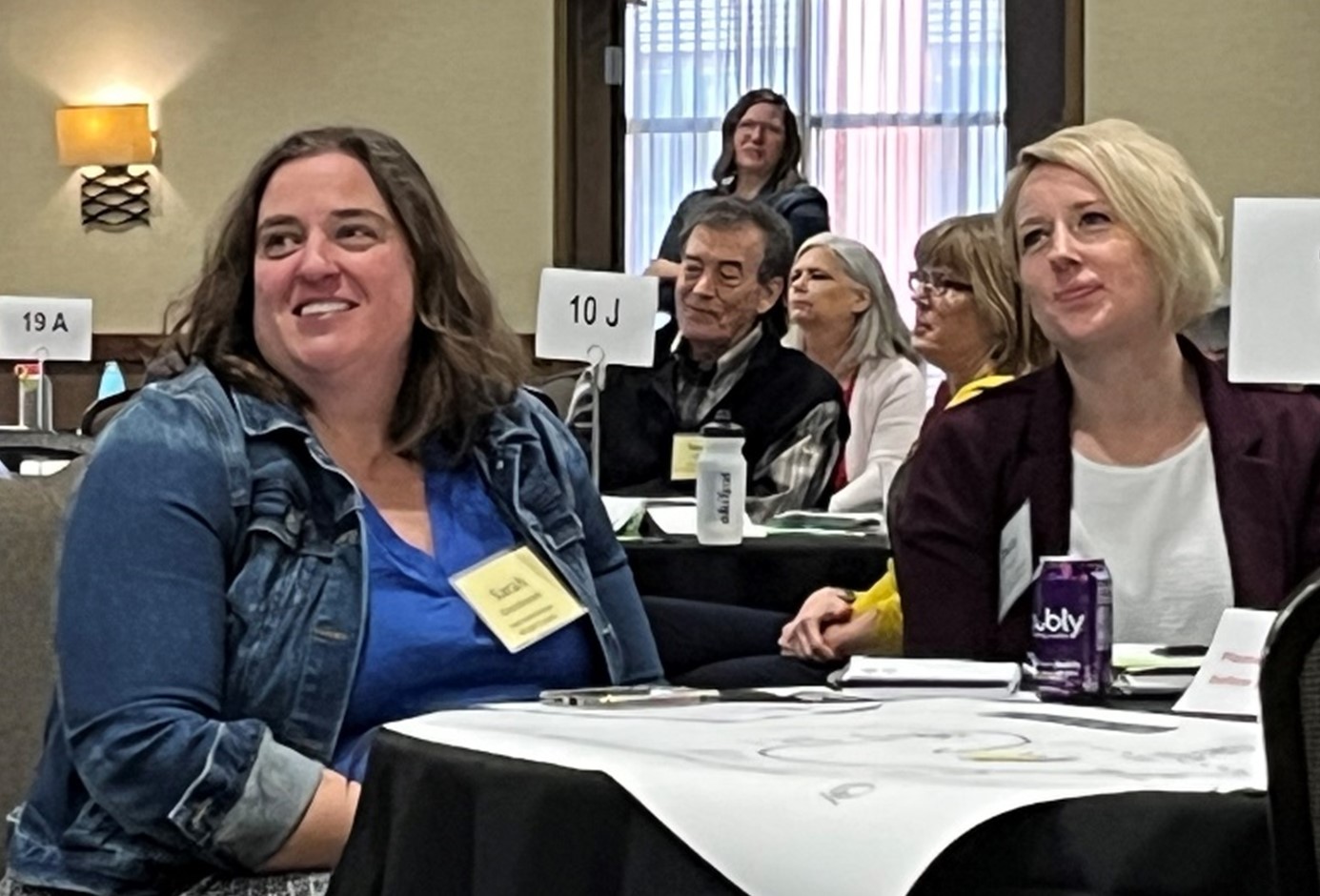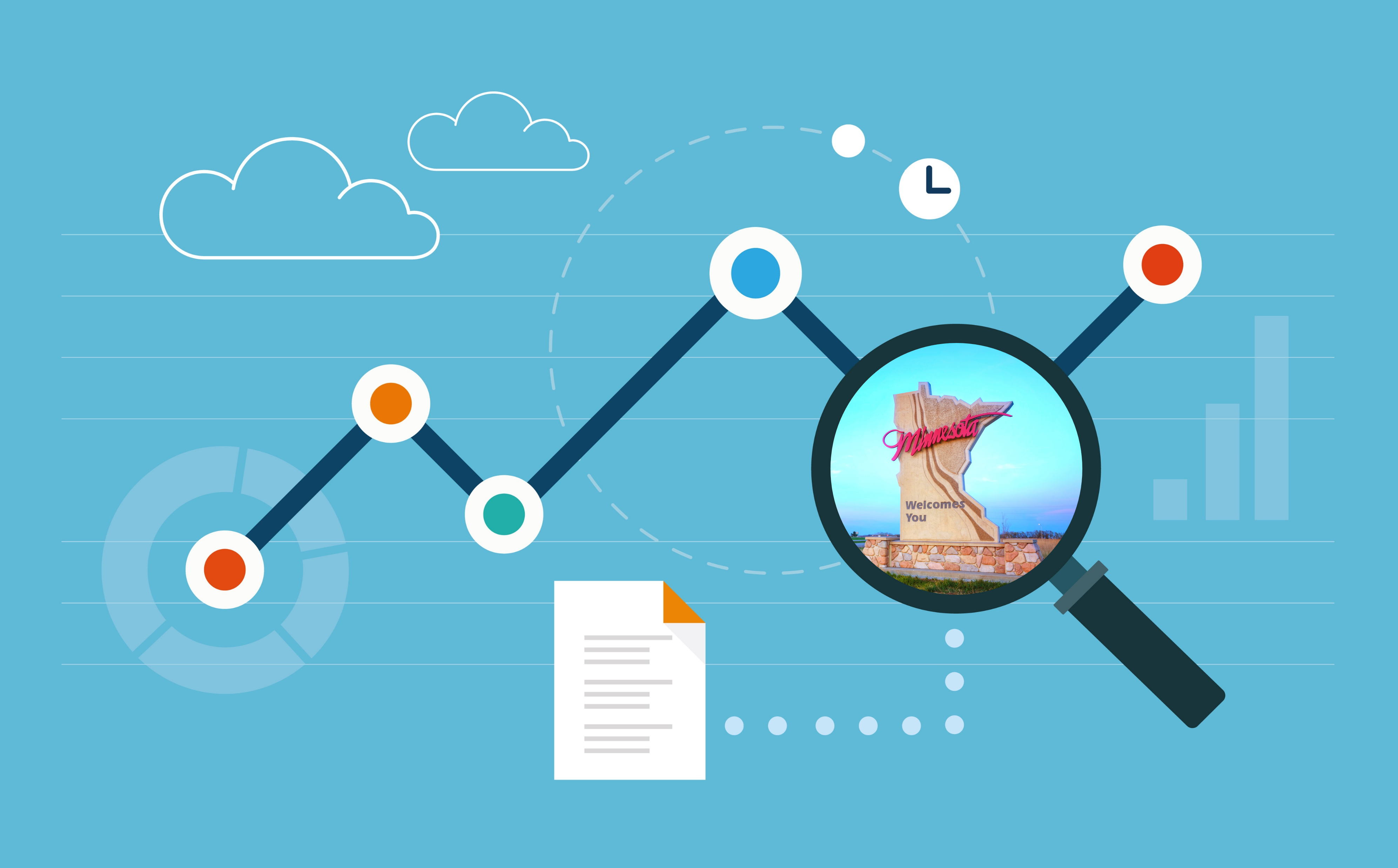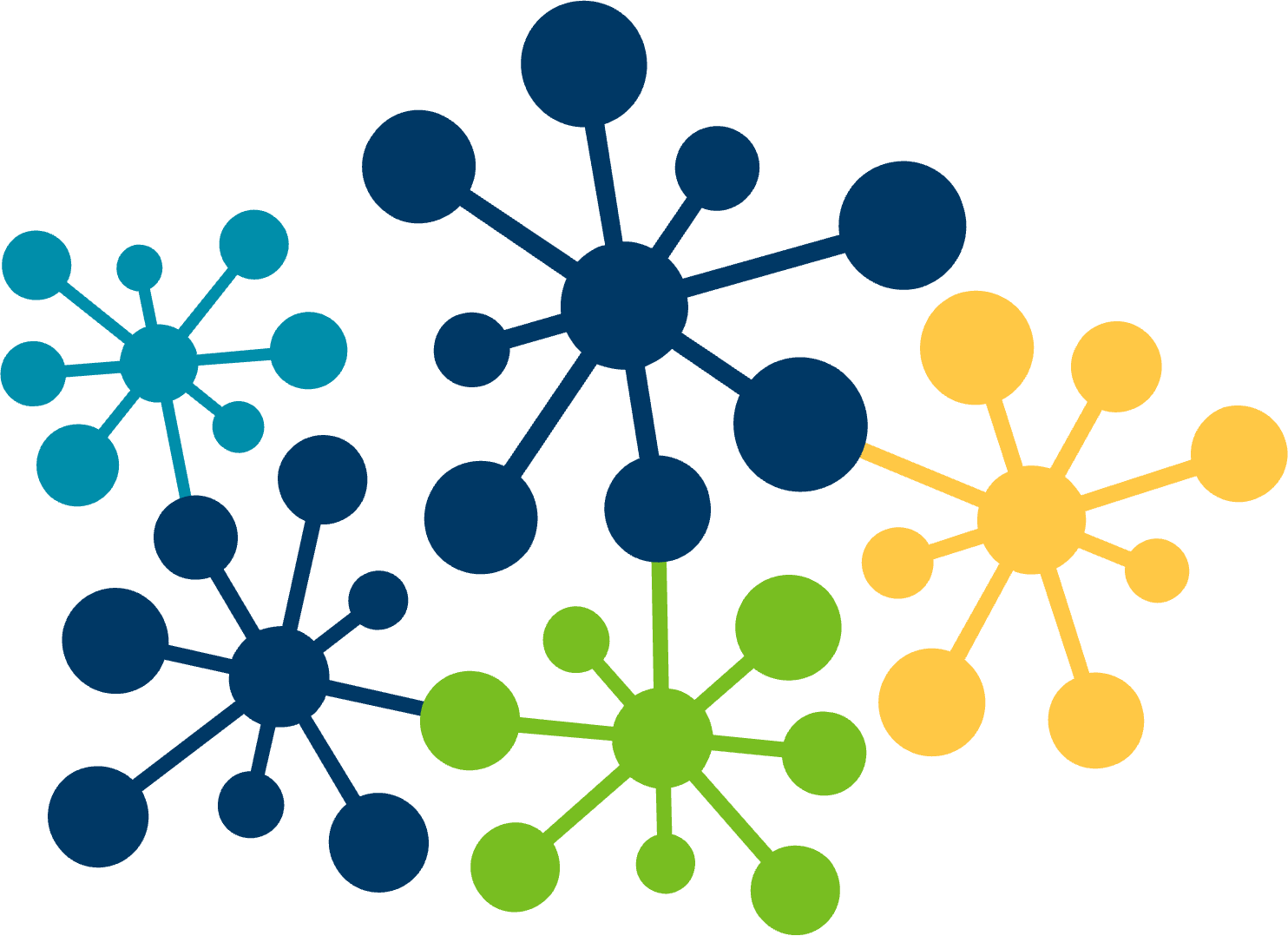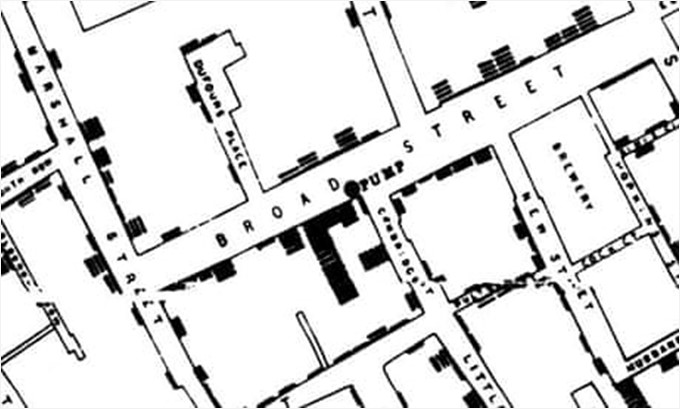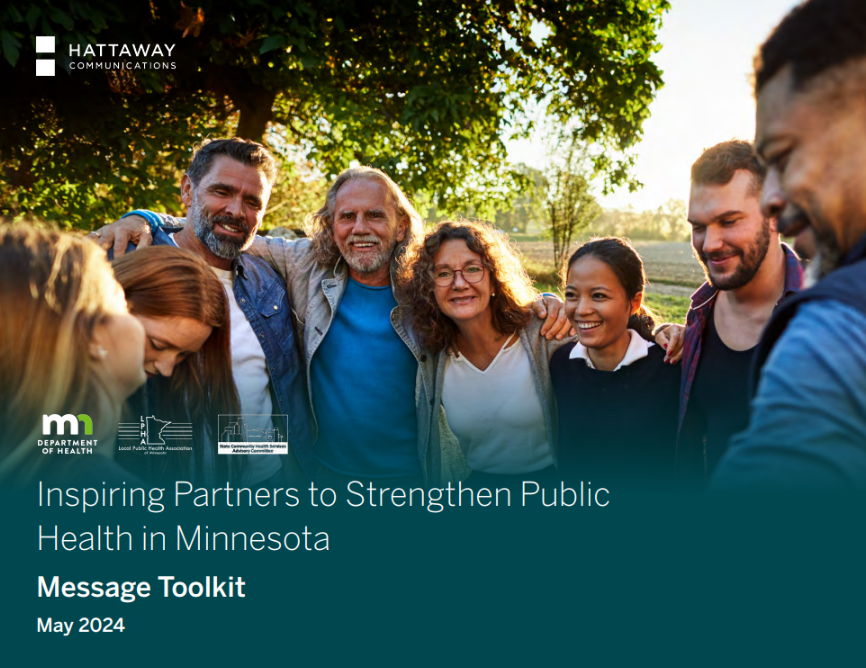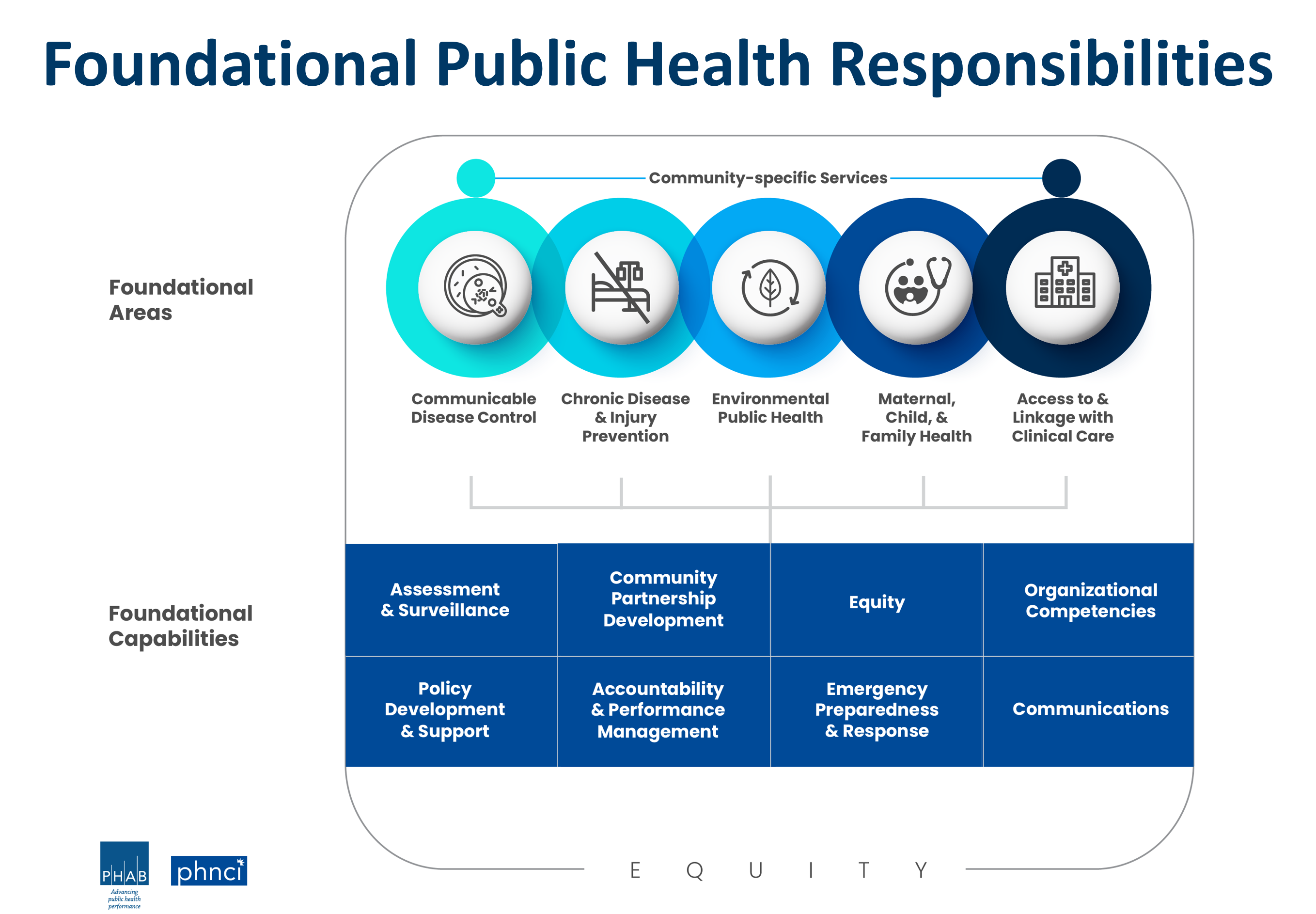Transforming Minnesota's Public Health System
- Home: System Transformation
- About This Work
- Framework of Foundational Responsibilities
- Definitions, Criteria, and Standards for Fulfillment
- Joint Leadership Team
- Minn. Infrastructure Fund and Local Innovation Projects
- Governance Groups and Communities of Practice
- Data Modernization
- Regional Data Models
- Tribal Public Health Capacity and Infrastructure
- FPHR Grant: Funding for Foundational Responsibilities
- Reports, Fact Sheets, Resources
- Newsletter
- Message Toolkit
Related Sites
Contact Info
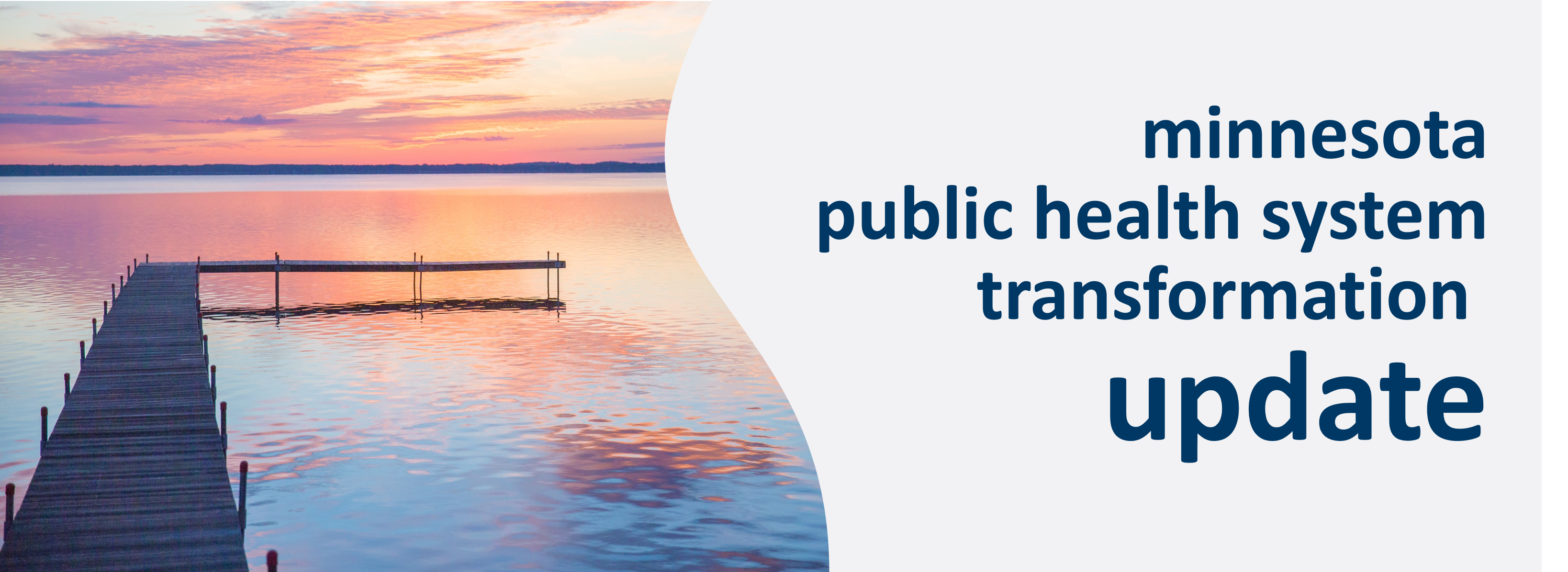
Newsletter: Public Health System Transformation Update
Transforming the Public Health System in Minnesota
These regular updates from the Joint Leadership Team for System Transformation in Minnesota share more on how and why we're updating Minnesota's public health system to be seamless, responsive, and publicly-supported.
Subscribe: Public Health System Transformation Update
Jump to:
October 2025: Roadmap Toward a Seamless, Responsive, Publicly-Supported Public Health System
September 2025: From innovation to regional data models
April 2025: Making the case for public health
September 2024: What does a publicly-supported public health system look like?
July 2024: Three local innovation projects making strides in population health data
June 2024: What does a responsive public health system look like?
May 2024: What does a seamless public health system look like?
April 2024: What are foundational responsibilities?
March 2024: Inaugural newsletter
October 2025
We're glad to travel this road together
About the roadmap
We all have a role to play in creating a seamless, responsive, and publicly-supported public health system, even though we might be travelling down different paths and timelines, and in different vehicles (so to speak).
This summer, the Joint Leadership Team for Public Health System Transformation wrote a roadmap to help Minnesota public health leaders and their organizations move in the same direction.
This roadmap can help orient everyone involved to notice where action is happening around them, the part they could or should play, how they can adapt to changes, and where opportunities or challenges are apparent.
Several activities have happened or are happening to pave the path for action. This roadmap lays out pathways and strategies to build on these activities, and milestones that have already happened.
Read the roadmap online: Roadmap Toward a Seamless, Responsive, Publicly-Supported Public Health System.
October 2025
What's on our radar in October 2025? Systems and Policies that Shape Governmental Public Health in Minnesota
This month, an assessment of the systems and policies that shape our work in Minnesota.
Read more: What's on our radar in October 2025? Resources to help make the case for public health
October 2025
Roadmap Toward a Seamless, Responsive, Publicly-Supported Public Health System
Read the entire newsletter in its original form: October 2025: Roadmap Toward a Seamless, Responsive, Publicly-Supported Public Health System
September 2025
Good public health requires data and partnership
Ask any public health professional to name a few of the things they rely on every day to help make Minnesotans their healthiest, and most of them will include two things at the top their list: data and partnership.
In public health, we need good data to make sure we’re partnering on the right interventions at the right time, to help create the conditions for all Minnesotans to be their healthiest, no matter who they are or where they live. And we don’t collect that data on our own—we cooperate with people and organizations in our communities to make sure we’re collecting the right data in the right way, so the data best reflects community needs.
Read more: Good public health requires data and partnership
September 2025
Regional data models: Mending Minnesota’s uneven patchwork of data capacity
Imagine if public health departments could more nimbly work together across county and regional borders, finding economies of scale in cross-cutting work and being more effective with Minnesotans’ hard-earned dollars.
You don’t just have to use your imagination: This fall, Minnesota’s public health system will sustain two locally led regional models that are already working together to build data capacity across their member health departments, and other health departments will have the opportunity to join together and grow additional regional models.
These models can help Minnesota’s public health system fill in the “patchwork” of capacity for foundational work that varies so widely, often shaped by a community health board’s population size and geography.
Keep reading: Regional data models: Mending Minnesota’s uneven patchwork of data capacity
September 2025
Walk the timeline from innovation to regional data models
Uncovering how regional models can help increase an entire region’s ability to access, collect, use, manage, and share population health data didn’t just happen overnight. Your colleagues have been innovating, testing, learning, and sharing lessons learned with each other to keep building on successes together and find ways around challenges.
Read more: Walk the timeline from innovation to regional data models
September 2025
Regional data models: What’s in it for me?
What’s in it for local public health? Among many other reasons, regional data models can provide local health departments with access to staff who have the knowledge and skills needed to effectively acquire, use, and share data internally among a department’s program areas and externally with local partners and community members.
What’s in it for MDH, Minnesota’s public health system, and Minnesotans? Regional models can help grow local capacity across the state to access, use, and share public health data, so that no matter where someone lives, they’re covered by a public health department that’s accessing, using, and sharing population health data effectively.
View the full list of benefits at: Regional models to collect, use, and share local population health data: Why?
September 2025
Seven new local innovation projects kick off
In July 2025, seven new locally led innovation projects kicked off their work, joining eight innovation projects already up and running. These projects span every region of the state, working to identify, test, and expand new ways of building capacity in foundational public health responsibilities. Each innovation project is supported by the Minnesota Infrastructure Fund.
Keep reading: Seven new local innovation projects kick off
September 2025
Innovation, data, and partnership go hand in hand in hand
Discovering penicillin, testing the first smallpox vaccines, John Snow stopping a cholera outbreak by removing a town pump handle: Those public health eureka moments? They didn’t just happen in a vacuum. These discoveries are firmly embedded in—and inseparable from—mounds of surrounding data, from months or years or sometimes decades of investigation.
Read more: Innovation, data, and partnership go hand in hand in hand
September 2025
What's on our radar in September 2025? Resources to help make the case for public health
This month, reports on the current state of public health funding and infrastructure, the role cities play in health and wellbeing, and how to replenish trust in civil society.
Read more: What's on our radar in September 2025? Resources to help make the case for public health
September 2025
From Innovation to Regional Data Models
Read the entire newsletter in its original form: September 2025: From Innovation to Regional Data Models
April 2025
It's our time: Clear, consistent communications can help people understand public health
It’s no secret that the world of public health is facing a great deal of turmoil right now.
We know: Minnesota’s quality of life depends on thriving, vibrant communities.
We know: Where we live provides the building blocks for long-term health and wellbeing, including protection from the spread of infectious diseases and environmental threats, clean water, strong schools, sustaining jobs, community connectedness, access to health care, and other important community support.
We know: In public health, we work to change these surroundings for the better so that it’s easier for all of us in Minnesota to be our healthiest no matter who we are or where we live.
But: Do others know?
Read more: It's our time: Clear, consistent communications can help people understand public health
April 2025
How can you help people understand the role and value of public health? Try these steps
It’s hard to cut through the noise and build communications that stick, while also centering prevention, population health, and equity.
If we want our messages to stick, research overwhelmingly shows we should ground our public health communications and talking points in shared values and common goals. After you introduce your issue or work, then tell stories that bring your message to life, and share data or proof points that support your message.
Keep reading for a step-by-step formula that can help you make sure what you're saying sticks with your listener.
Read more: How can you help people understand the role and value of public health? Try these steps
April 2025
Public health supports thriving communities: A report on Minnesota’s public health system
Earlier this year, the Joint Leadership Team for Public Health System Transformation released a report describing how Minnesota’s public health leaders, elected officials, and community members work together to help our communities thrive by:
- doing the foundational work of public health in innovative and collaborative ways,
- partnering across sectors and geographies, and
- working together to meet today’s health needs while anticipating tomorrow’s.
Members of the Joint Leadership Team presented this report to the Minnesota Senate Health and Human Services Committee in January 2025 and to the State Community Health Services Advisory Committee (SCHSAC) in February 2025.
Read more: Public health supports thriving communities: A report on Minnesota’s public health system
April 2025
What's on our radar in April 2025? Resources to help make the case for public health
This month, messaging toolkits, webinars, and an entire organization dedicated to helping you get your communications and messaging ducks in a row.
Read more: What's on our radar in April 2025? Resources to help make the case for public health
April 2025
Making the case for public health
Read the entire newsletter in its original form: April 2025: Making the case for public health
September 2024
A publicly-supported public health system: What does that mean?
A publicly-supported public health system has the trust and support of partners and community, and is accountable to itself and to others, in addition to having adequate funding and staffing to be effective. What could this mean? What might this look like?
Read more: A publicly-supported public health system: What does that mean?
September 2024
New communications toolkit: Inspire your partners to support and strengthen public health
It’s no secret we struggle to communicate about public health.
Public health experts, elected officials, and community members work together to help Minnesotans and their communities to be their healthiest, but we struggle to explain that work in ways that are clear and relatable, that people outside public health can understand and get behind.
Communicating about our work—what public health is and the value it provides to our communities—is an important part of growing support for public health among the public and decision-makers.
Read more: New communications toolkit: Inspire your partners to support and strengthen public health
September 2024
Video interview: Relationships create a stronger public health system
At its core, public health is relational work. Our relationships drive our goals and strategies, individually, and also as organizations, sectors, geographies, and more.
Last month, Travis Parker Lee of the Public Health Accreditation Board (PHAB) spoke with three Minnesotans about their role in building relationships, making connections, and breaking ground together toward a transformed public health system in our state.
Watch the video: Video interview: Relationships create a stronger public health system
September 2024
What's on our radar in September 2024: Resources, live webinars, and more
This month: Resources from the National Association of Counties, FrameWorks Institute, Act for Public Health, MDH, and PHAB.
Dig in: What's on our radar in September 2024: Resources, live webinars, and more
September 2024
What does a publicly-supported public health system look like?
Read the entire newsletter in its original form: September 2024: What does a publicly-supported public health system look like?
July 2024
Three local innovation projects making strides in population health data: An overview
To make decisions that reflect local health concerns and local priorities, policymakers and community members need access to good, reliable, timely data about where they live.
Keep reading for a deeper dive into projects in the Twin Cities, southeastern Minnesota, and the Arrowhead that are helping Minnesota reconsider population health data work.
Read more: Three local innovation projects making strides in population health data: An overview
July 2024
Twin Cities metro: Electronic health records can supplement local public health data collection
Health Trends Across Communities in Minnesota (HTAC-MN) dashboards of summary EHR data
Good planning requires good data. Health Trends Across Communities in Minnesota (HTAC-MN) helps local public health agencies tap into existing electronic health record (EHR) data, to supplement work on community health assessment and planning, policy development, and more. This unique data collaboration of health systems and local and state public health is led in partnership by the Minnesota Electronic Health Records (EHR) Consortium, the Center for Community Health, and Hennepin County.
The project provides accessible, timely, and detailed community health interactive dashboards using summary electronic health records data, tracking several key physical and behavioral health indicators. HTAC-MN includes summary health encounter and diagnosis data from 11 health systems in Minnesota, representing about 90% of health care use by Minnesotans.
Read more: Twin Cities metro: Electronic health records can supplement local public health data collection
July 2024
Southeastern Minnesota: A region shares data, expertise, and partnership
Olmsted County Public Health and data-sharing agreements across southeastern Minnesota
Minnesota’s larger counties often have more staff and greater capacity to collect, analyze, and share population health data, but our access to accurate, reliable, and timely data shouldn’t depend on where we live. Smaller counties need good data, too, but can’t support a full or even partial data expert to do this important work.
Olmsted County Public Health, in partnership with neighboring jurisdictions in southeast Minnesota, is exploring whether larger health departments can support their smaller regional neighbors in population data, epidemiology, and assessment and planning efforts—and possibly increase an entire region’s data capacity.
A series of county-level dashboards highlight population health data across different topics and data sources and, in addition to showing data and trends, provide context on what the data means and how it could be interpreted.
Read more: Southeastern Minnesota: A region shares data, expertise, and partnership
July 2024
Arrowhead region: Building a strong foundation for data-informed planning, communications, and decision-making
Carlton-Cook-Lake-St. Louis Community Health Board regional data, planning, and communications team
Even though public health experts can (and do) harness population health data to support the health and wellness of their communities, having access to good data isn’t enough. Agencies and staff need the tools to put data into practice, using it for data-informed decision-making, evaluation, competitive funding applications, and everyday work.
The Carlton-Cook-Lake-St. Louis Community Health Board has developed a regional data, planning, and communications team, which supports the building blocks of public health practice across programs and jurisdictions. This team builds cohesion and continuity across areas that might not otherwise be directly linked programmatically on the back end, but are perceived by the public on the front end as a single public health entity, and need to engage the public and communicate with consistency.
July 2024
Three local innovation projects making strides in population health data
Read the entire newsletter in its original form: July 2024: Three local innovation projects making strides in population health data
June 2024
A responsive public health system: What does that mean?
We envision a public health system that can react quickly and effectively to today’s opportunities and challenges, plan for tomorrow’s, and use lessons learned from the past to grow stronger and more capable. What could this mean? What might this look like?
Read more: A responsive public health system: What does that mean?
June 2024
A deeper dive: Flexible funding for foundational public health responsibilities
In order to do foundational public health work within a local context, Minnesota community health boards need funding that’s flexible and complements communities’ strengths and assets while meeting local opportunities and challenges.
The Minnesota Legislature acknowledged this need, and allocated funding to community health boards to support foundational public health responsibilities in its 2023 session.
Read more: A deeper dive: Flexible funding for foundational public health responsibilities
June 2024
What's on our radar in June 2024
This month, a series from National League of Cities helps us succeed in plain talk about community health, well-being, health equity, and systems.
Dig in: What's on our radar in June 2024
June 2024
What does a responsive public health system look like?
Read the entire newsletter in its original form: June 2024: What does a responsive public health system look like?
May 2024
Commissioner Tarryl Clark of Stearns County: What does system transformation mean to you?
Like many elected officials, I entered public service because I wanted to find ways to connect with others, to help strengthen families and create vibrant communities.
And, like many elected officials, my work was supporting community health long before I knew to call it public health or population health.
We “electeds” might not realize at first that the work we do is very much public health-focused, but it is: Like our public health partners, we’re about connecting, leveraging ideas, finding the right person or group to make a difference.
Read more: Commissioner Tarryl Clark of Stearns County: What does system transformation mean to you?
May 2024
A seamless public health system: What does that mean?
A seamless public health system works cohesively: across jurisdictions, levels of government, geographies, sectors, and more.
Where you live shouldn’t determine your level of public health protection, and every agency that helps shape opportunities for population health can work together to do so. People, diseases, air, water, and soil aren’t bound within jurisdictions—neither is public health.
What could this mean? What might this look like?
Read more: A seamless public health system: What does that mean?
May 2024
What's happening this month? May 2024
Learn more about activities helping transform the public health system this month:
- Speaking consistently about the role and value of public health
- Using data on capacity to support strategic planning and business planning
- Kicking off work on the ground to increase capacity in foundational responsibilities
- Convening to learn about, discuss, and share foundational work
Read more: What's happening this month? May 2024
May 2024
Resources on our radar in May 2024
This month, a webinar on sharing resources and services from PHAB, and a book from the de Beaumont Foundation with practical tips for public health communicators and leaders.
Dig in: Resources on our radar in May 2024
May 2024
What does a seamless public health system look like?
Read the entire newsletter in its original form: May 2024: What does a seamless public health system look like?
April 2024
What are foundational responsibilities?
Where you live should not determine your level of public health protection.
The governmental public health system has a set of foundational responsibilities it stewards, defining what needs to be in place everywhere for Minnesota's public health system to work anywhere, as we work toward a more seamless, responsive, and publicly-supported public health system.
Read more: What are foundational responsibilities?
April 2024
What do foundational responsibilities look like in practice?
Public health partners across Minnesota, at the state, local, tribal, and community level, are working together to answer: What would it look like for Minnesota to fulfill the foundational public health responsibilities?
Read more: What do foundational responsibilities look like in practice?
April 2024
On our radar in April 2024: Resources and opportunities
This month, a miniseries on public health from PBS, and a book from ASTHO to help public health professionals build strategic skills.
Dig in: On our radar in April 2024: Resources and opportunities
April 2024
What are foundational responsibilities?
Read the entire newsletter in its original form: April 2024: What are foundational responsibilities?
March 2024
Nick Kelly of Bloomington Public Health: What does system transformation mean to you?
When I was growing up, my dad was a nurse and my mom taught special education, and we would often hear stories of our family’s history of public service. I grew up with a love of history and a fascination for infectious disease, figuring I would be an infectious disease doctor.
While in college, an alum visited campus for a Nobel Peace Prize forum; hearing Mike Osterholm talk about public health opened my eyes to this work as a vocation. After grad school at the University of Minnesota, starting my career here, and then navigating through the COVID-19 pandemic with incredible colleagues, I see how important a strong public health system is, especially when I consider other states in which I’ve lived and worked.
I long for the day I don’t have to give a caveat when I talk about how Minnesota is one of the healthiest states—that it’s a healthy state if you’re someone like me, a white male who’s gone as far as I can in education (a terminal degree). Minnesota should be the healthiest state for everyone, but we can’t do that without transforming our public health system. That transformation will require sharing power and resources and changing how we do the work of public health.
Read more: Nick Kelly of Bloomington Public Health: What does system transformation mean to you?
March 2024
What's happening this month? March 2024
Learn more about activities helping transform the public health system this month:
- The Minnesota Infrastructure Fund is supporting a second round of locally-led, two-year innovation projects
- An environmental scan of our public health system and its policies will help shed light on current and future activities
- Community health boards are growing their ability to do foundational work, with funding dedicated specifically to foundational public health responsibilities
- Work to strengthen tribal public health moves in parallel to state and local activities
Read more: What's happening this month? March 2024
March 2024
A note from the Joint Leadership Team for Public Health System Transformation
When we think of what it means to “transform” Minnesota’s public health system, we each picture what that means to us and our communities, along with our specific part in it and how our work fits into the whole.
As a Joint Leadership Team, when we picture a transformed public health system, we envision a seamless, responsive, publicly-supported public health system that works closely with the community to ensure healthy, safe, and vibrant communities. This system of state, local, and tribal health departments will help Minnesotans be healthy regardless of where they live.
We heard you ask for more consistent and transparent communication about Minnesota’s work to transform, strengthen, and update the governmental public health system, and we understand. We all do better when we know who’s at the table, what’s going on at any given time, and where we’re headed together in the future.
This regular newsletter is one part of a more transparent communication strategy from the Joint Leadership Team. In the future, the Joint Leadership Team will also share more and different updates, including an FAQ of your frequently asked questions.
If you’d like to reach out to the Joint Leadership Team at any time, we’d love to hear from you. Please subscribe to learn how we’re all working together to update our public health system to be more seamless, responsive, and publicly-supported.
Thank you!
— The Joint Leadership Team for Public Health System Transformation in Minnesota
March 2024
Inaugural newsletter
Read the entire newsletter in its original form: March 2024: Inaugural newsletter
